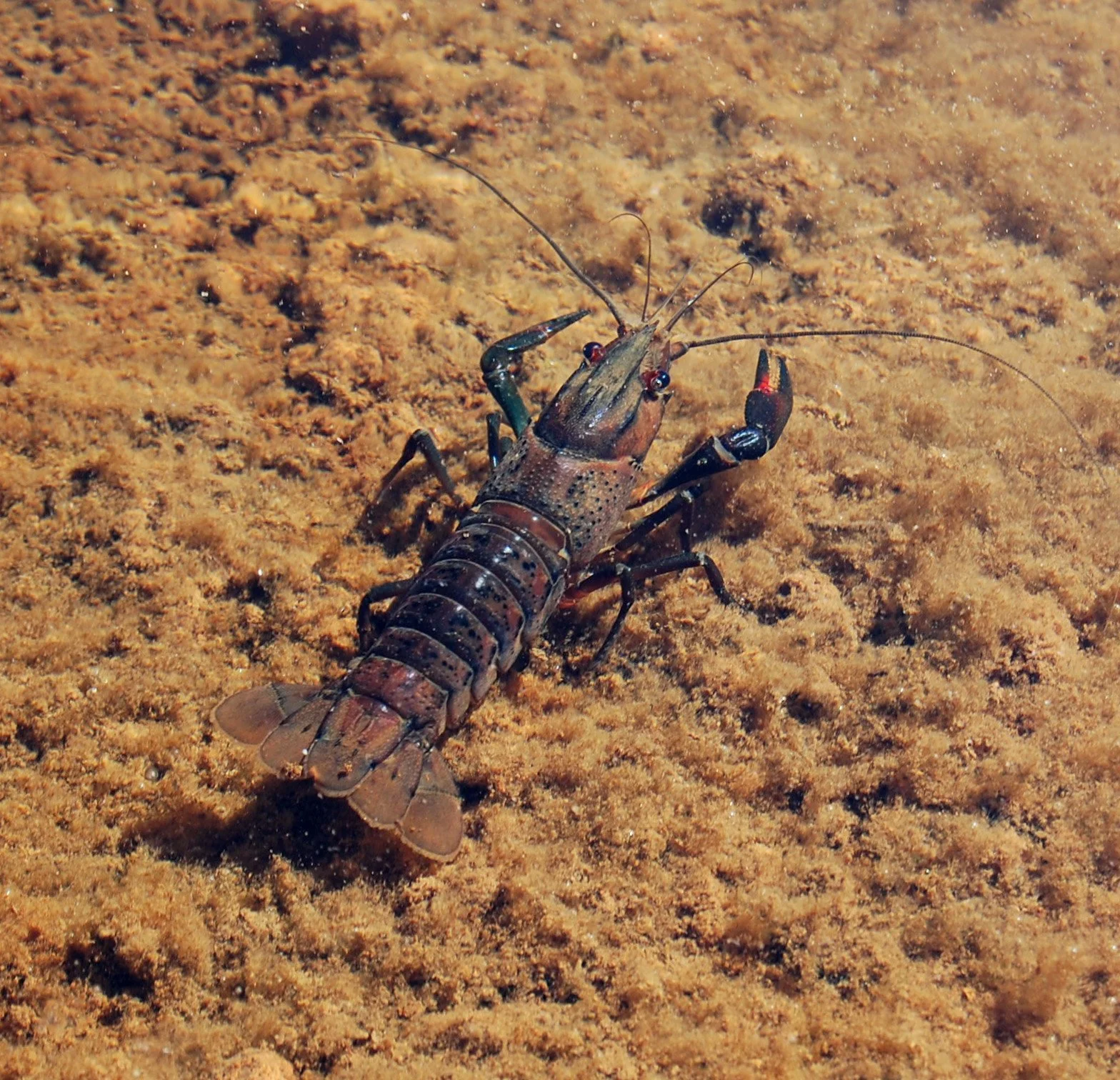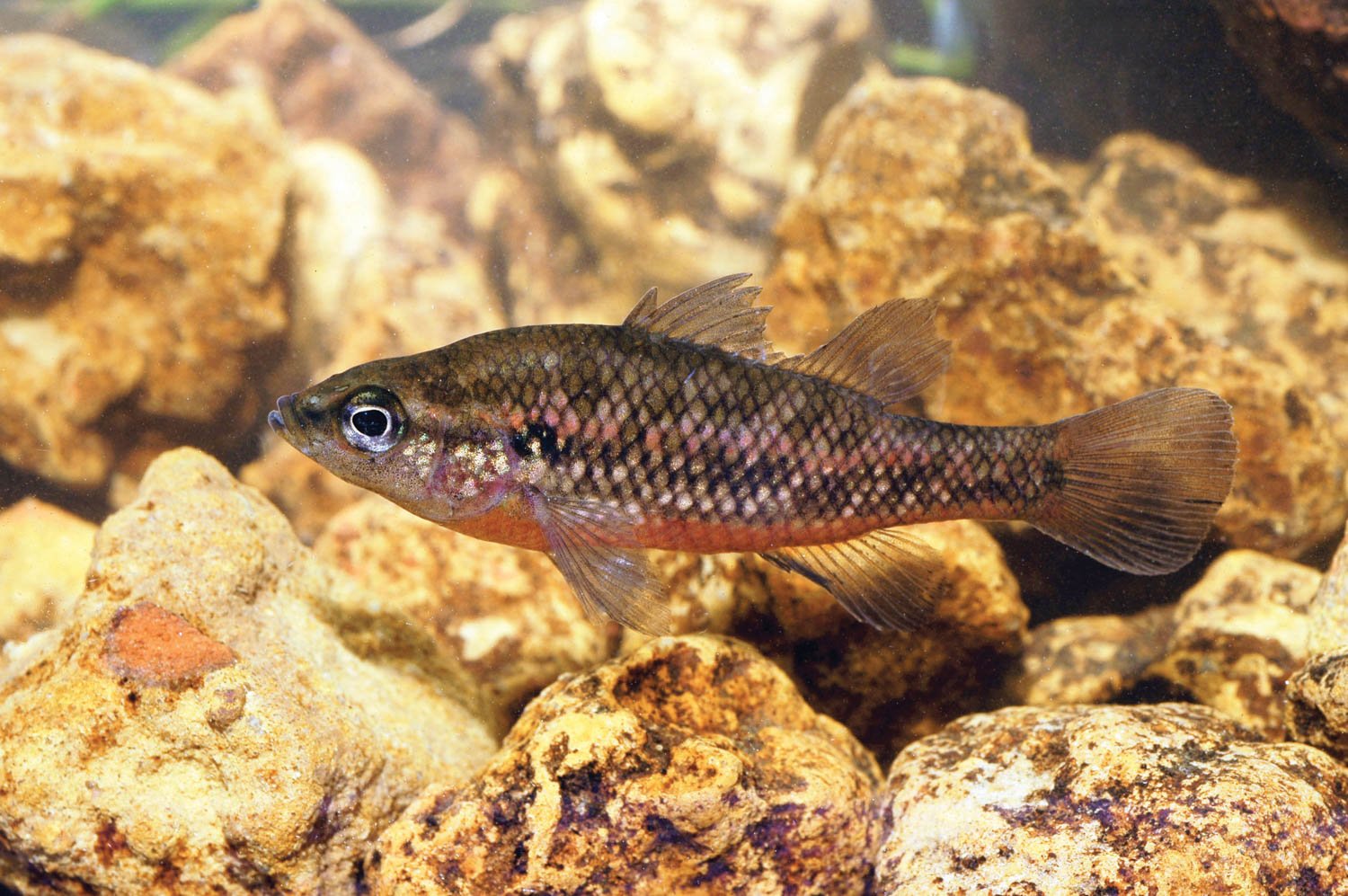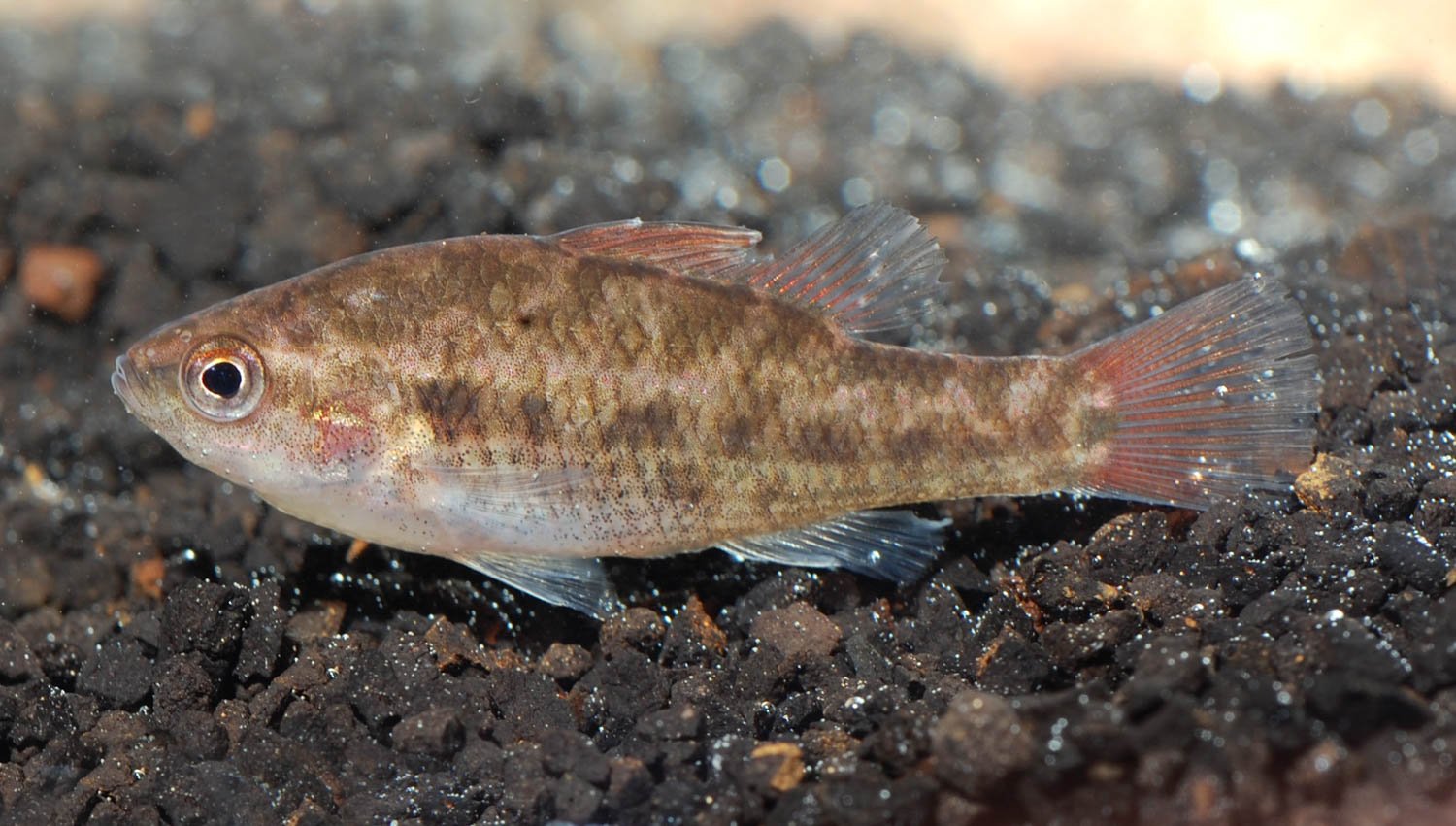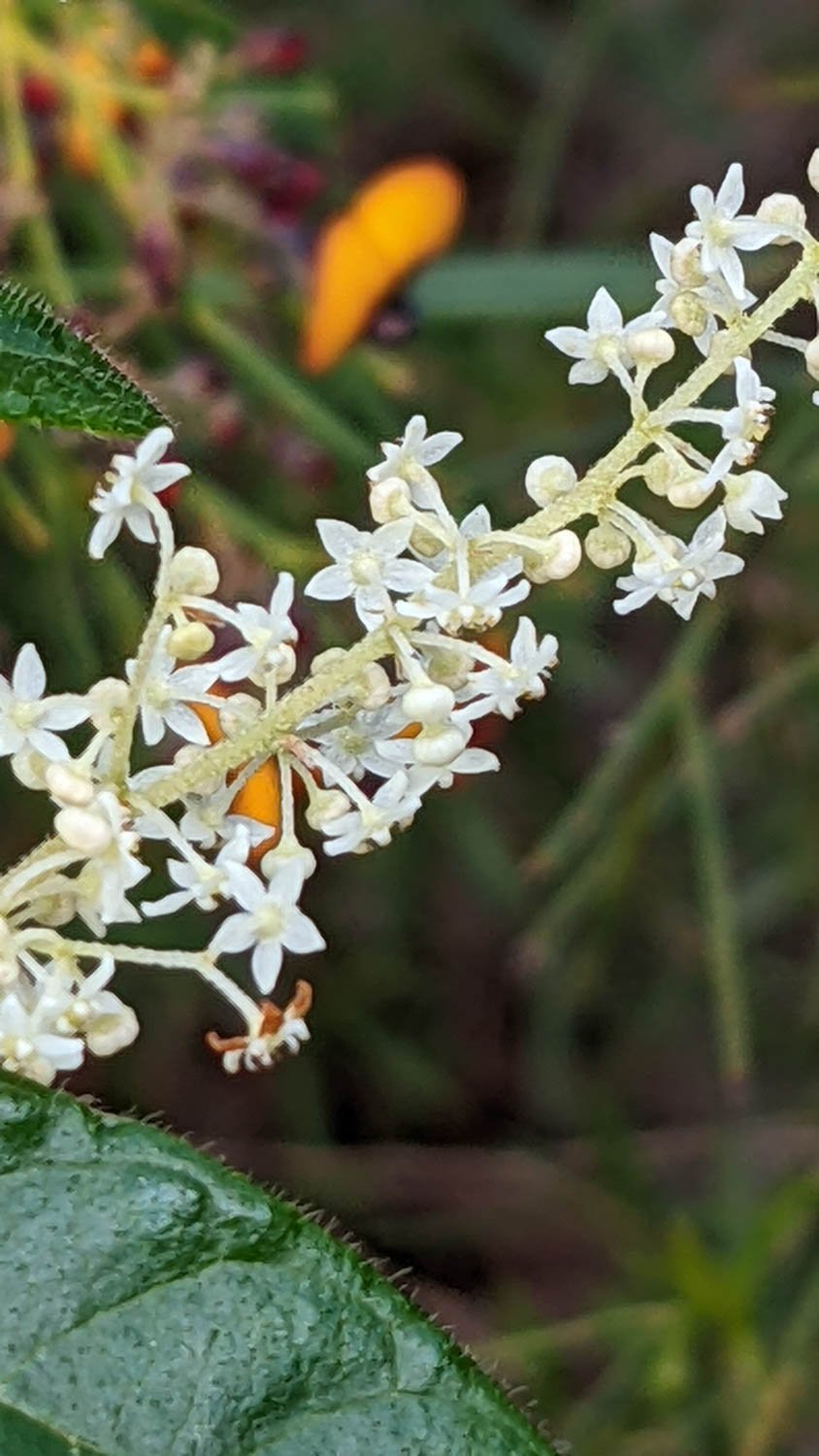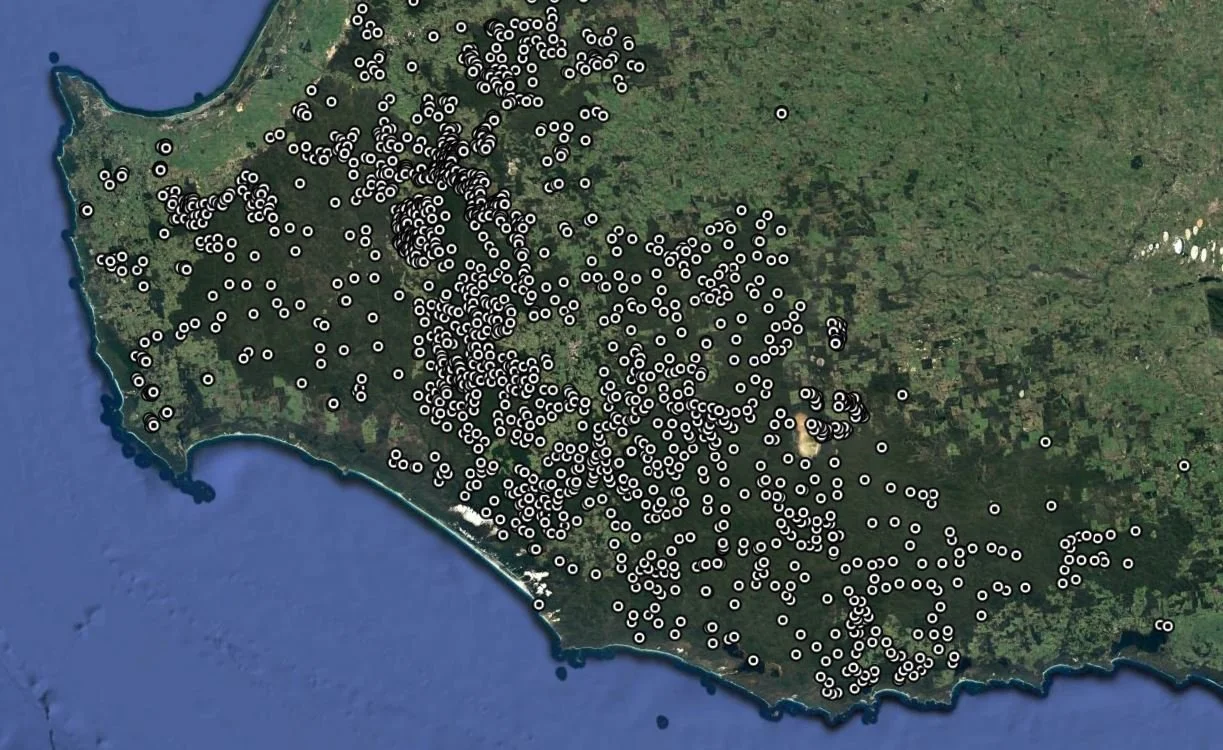
Project Overview
Freshwater is critical to maintaining biodiversity and human civilisation, yet freshwater ecosystems are among the most threatened on Earth due to multiple impacts from human activity. Arguably the biggest threat is climate change, which is causing severe declines in rainfall and water availability in many regions, leading to a reduction in aquatic biodiversity while also increasing human demand for water resources. In Australia, the most severe effects of climate change on freshwater ecosystems are the degradation and loss of permanent habitats that provide essential refuges for the survival of aquatic and riparian species during dry seasons and droughts.
Climate change is also increasing the frequency and severity of bushfires in Australia and reducing the availability of water necessary to fight fires. In recent decades, land management and fire agencies across the country have sought to shore up water supplies for firefighting and prescribed burning activities by constructing fire water points. These simple pits, excavated where roads and waterways intersect, provide reliable and readily accessible water sources for fire crews. There are now thousands of these water points scattered throughout Australian bushlands.
In collaboration with our partners, we have recently discovered that many fire water points provide important artificial refugia for flora and fauna, including threatened species. Given the growing risk of devastating bushfires, water scarcity, and biodiversity loss imposed by climate change in our region, non-natural aquatic habitats such as fire water points will play an increasingly important role in mitigating these threats. The potential benefits offered by the creation of additional water points and the renovation of existing ones are enormous for both fire management and biodiversity conservation efforts. While this potential is recognised by management agencies, the construction of water points is currently hindered by an inadequate understanding of the characteristics that make them reliable sources of permanent water for firefighting as well as effective biodiversity refuges.
Using data collected by research scientists in partnership with government agencies, traditional custodians, and citizen scientists, the project will address this knowledge gap through detailed biological surveys and habitat classifications to identify the key characteristics of water points that support the highest levels of biodiversity. The project will focus on the Warren Bioregion in Western Australia’s southwest, a globally recognised hotspot of species endemicity. Data will be used to develop and experimentally test a model-based framework for the construction of water points that optimises water availability for firefighting and conservation benefit. Importantly, this framework will be developed in collaboration with scientists from eastern Australia to ensure it can be scaled and applied in other parts of the country.
What We Are Doing
-
Physical (pool size, spatial location, soil type, aquatic habitat complexity)
Water quality (temperature, salinity, dissolved oxygen, turbidity, nutrients)
Hydrological (bathymetry, connectivity, stream order, groundwater contribution)
Vegetation (community type, riparian shading, burn history)
-
100 artificial water points and 30 natural refuge pools
2 sampling periods (March-April and October-November)
Multi-taxon surveys using a range of traditional and cutting-edge sampling techniques
Fish
Aquatic macroinvertebrates
Mammals (including bats)
Birds
Frogs
Riparian vegetation
Aquatic vegetation
Invasive species
-
Predictive model for biodiversity at water points based on habitat characteristics
Spatial analysis of species distributions to inform conservation planning
Refinement of protocols for water point operation and maintenance
Development of framework for renovation of existing water points and design of new water points
Test and refine framework with construction of new water points
Promote framework for implementation in other Australian regions.
